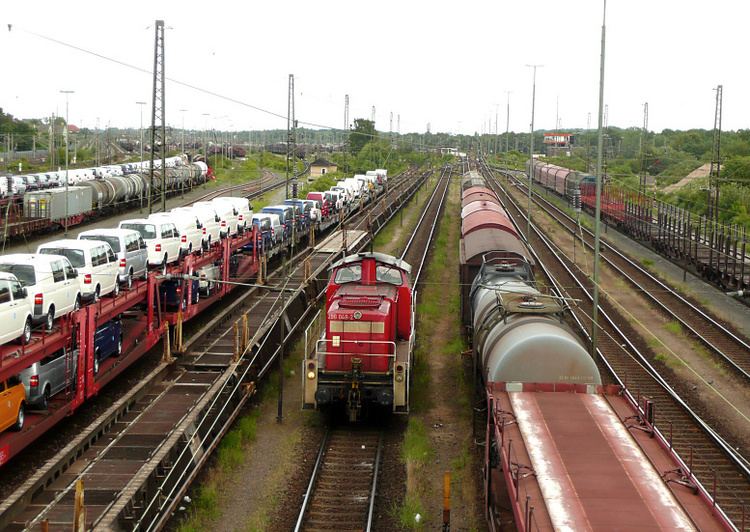 | ||
The term rolling stock originally referred to any vehicles that move on a railway. It has since expanded to include the wheeled vehicles used by businesses on roadways. It usually includes both powered and unpowered vehicles, for example locomotives, railroad cars, coaches, and wagons.
Contents
Overview
Rolling stock is considered to be a liquid asset, or close to it, since the value of the vehicle can be readily estimated and then shipped to the buyer without much cost or delay.
The term contrasts with fixed stock (infrastructure), which is a collective term for the track, signals, stations, other buildings, electric wires, etc., necessary to operate a railway.
Code names
In Great Britain, types of rolling stock were given code names, often of animals. For example, "Toad" was used as a code name for the Great Western Railway goods brake van, while British Railways wagons used for track maintenance were named after fish, such as "Dogfish" for a ballast hopper. These codes were telegraphese, somewhat analogous to the SMS language of today.
